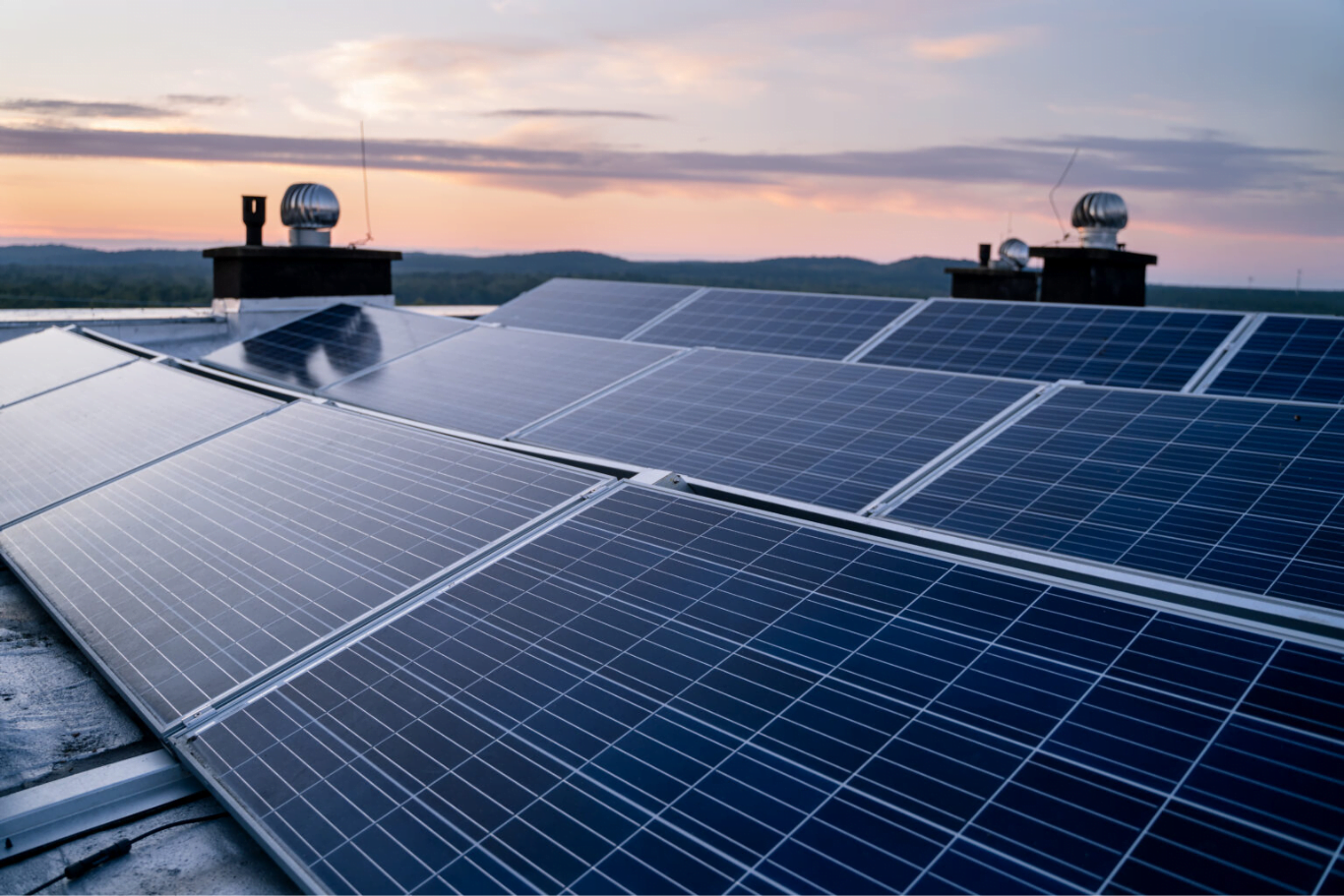
Last month, Inspired hosted a ‘New Year Targets: Net-zero 101’ webinar. Facilitated by Emma Hird, Client Optimisation Manager, she was joined by Kristina Beadle, Head of Carbon Services and Fenella Dodson, Carbon Specialist.
The live webinar focused on how businesses can kick start their net-zero plans, providing:
- A clear definition and summary of net-zero
- Why the world is targeting net-zero
- What net-zero means for your business
Our experts spoke about the practicalities of achieving net-zero and the steps businesses should be taking on the road to decarbonisation. This includes the setting of Science Based Targets (SBTs), Scope 3 emission reduction initiatives and voluntary carbon offsetting.
The session featured many sought after questions and answers from our experts, which we will share here. You can watch the webinar on demand here.
Q&A
Is the net-zero goal worldwide or UK only?
Almost two hundred (191) countries as well as the European Union have signed up to the Paris Agreement. This is a legally binding international treaty aiming to limit global warming to well below 2, preferably to 1.5 degrees Celsius, compared to pre-industrial levels, to prevent the worst impacts of climate change. Each country has or is setting their own net-zero targets.
However, the UK has written into law that it will achieve net-zero by 2050. Other nations have their own targets, for example, Scotland are targeting net-zero by 2045.
What is the best system to use to calculate your Carbon Footprint?
There are several ways to calculate your carbon footprint. To calculate your Scope 1 and 2, look at your energy invoices, and how much energy you are using. This number can help you to calculate the relevant emissions.
You can find guidance on calculating your Scope 3 emissions via the Greenhouse Gas Protocol. They provide a range of methods you can use for each of the Scope 3 categories.
The easiest approach to measure your Scope 3 emissions is a spend-based approach. As a business you’ll know how much you’re spending but not necessarily the emissions associated with it. Taking the spend and converting it using spend-based databases is a great and quick way to calculate your Scope 3 emissions. It’s then recommended that you move onto supplier specific calculations, where you’re getting the actual emissions associated with your goods and services.
If businesses purchase 100% renewable electricity, can they then become net-zero carbon in Scope 2?
There are two ways to report Scope 2 emissions. Either using a location-based or market-based methodology. The location-based method calculates emissions associated with a business’s electricity consumption. It uses the average emissions intensity of the electricity grid in the country where it is consumed. This method doesn’t consider contract-specific emissions factors. For example, if a business chooses to purchase renewable electricity.
The market-based approach calculates a business’s Scope 3 emissions based on an emissions factor specific to the electricity they are purchasing. For example, if your business buys 100% renewable, REGO-backed electricity, this will have an emissions factor of 0 kgCO2e/kWh, resulting in zero Scope 2 emissions when reported under the market-based approach.
SECR reporting requirements mean that businesses must report their location-based emissions and can include market-based as an addition. The Greenhouse Gas (GHG) protocol guidelines encourage businesses to report both location and market-based methods to show their investment in lower-carbon electricity.
Regarding investment in infrastructure, both Scope 1 and 2, does the reporting take into consideration the carbon produced in replacing ‘green’ alternatives? An electric car may be green but if the carbon production in producing the electricity generation equipment is worse than the carbon emissions of an existing vehicle – how is this analysed?
You should aim to charge EVs with renewable electricity, therefore it is important for both domestic and business EVs to charge through renewable tariffs or onsite electricity generation. When making green procurement decisions, the embedded carbon in a good should be taking into consideration. This includes emissions associated with raw materials, transport, and manufacturing etc. of the vehicle. Product lifecycle assessments can help you understand whole life impact of EVs versus internal combustion engine vehicles (ICEV).
| Purchase cost of car | Running cost of car | Total lifecycle emissions | Cost to offset lifecycle emissions | |
| Internal combustion engine vehicles (ICEV) | £240,001 | £13,503 | 51,320 kgCO2e | £2,820 |
| Battery electric vehicles (BEV) | £440,002 | £12,225 | 14,370 kgCO2e | £790 |
To reach net-zero, do businesses need to include emissions from customer use, leased buildings etc in their Scope 3 emissions? And are there any preferred elements of the 15 items within Scope 3 that business should target as quick or easier wins?
A businesses Scope 3 emissions are all somebody else’s Scope 1 and 2 emissions by nature. Whether that be your employees, customers, or suppliers. All businesses in the UK should aim to achieve net-zero by 2050 and they should focus specifically on Scope 1 and 2 emissions that they can control.
To influence your Scope 3 emissions, businesses should work with their customers and suppliers to support decarbonisation. If your business sells a product that uses energy in the use phase, this can be difficult to decarbonise. But actions such as raising awareness about purchasing renewable electricity and energy efficiency (switching things off) can help influence in-use emissions.
Working with your landlord to encourage the purchase of renewable electricity can also help your Scope 3 emissions. You should think about your green credentials when making business decisions. For example, when looking to lease a property, speak to the landlord about the electricity supply to understand what energy contract you will inherit with the property. As sustainability grows in importance, there will be more and more lower carbon solutions available.
Certain Scope 3 categories are easier to influence, for example, those relating to emissions produced by employees, such as waste, employee commuting and business travel. Employee engagement workshops are a great way to get buy-in across all levels of your business and share information on how they can reduce their carbon footprint.
Actions you can take to tackle your Scope 3 emissions include:
- Cutting the amount of waste you produce
- Encourage reduced and or greener employee commuting and business travel
- Supplier engagement, getting an accurate footprint of their emissions and working to reduce carbon
How can carbon sequestration and other offsets help support businesses net-zero goals?
Carbon sequestration projects are where emissions are actively removed from the atmosphere and permanently stored. Most of these projects are nature-based such as tree planting and growing seagrass, as well as expanding peat bogs and wetlands. To count as carbon offsets, these projects should remove additional emissions from the atmosphere and therefore, existing natural sequestration sites are not viable for carbon offset credits.
Register any tree planting projects with the woodland carbon code for them to be a viable offsetting mechanism. If you are planting trees as part of your business, you need to make sure they are verified as carbon credits. Trees that have already been planted cannot be retrospectively accredited. The Woodland Carbon Code is internationally recognised for high standards of sustainable forest management and carbon management. Endorsed by ICROA, the global umbrella body for carbon reduction and offset providers in the voluntary market.
Different trees have different sequestration rates and lifetimes, which affects the total sequestration potential. When planting trees for sequestration, there should be consideration for biodiversity and other environmental factors.
You should purchase offsets through recognised offset schemes, such as VERRA, Gold Standard or the UN Carbon Offset platform. There are different types of offset projects with differing costs dependent on their offset potential and their wider social and environmental benefit.
To achieve net-zero, companies should make significant efforts to reduce the emissions they produce. Purchasing offsets has benefits as they fund environmental projects, but they should not detract from companies reducing their actual carbon footprint.
For more information, take a look at our Net-zero Hub or speak to our experts about your strategy today on 01772 689250 or email [email protected].










